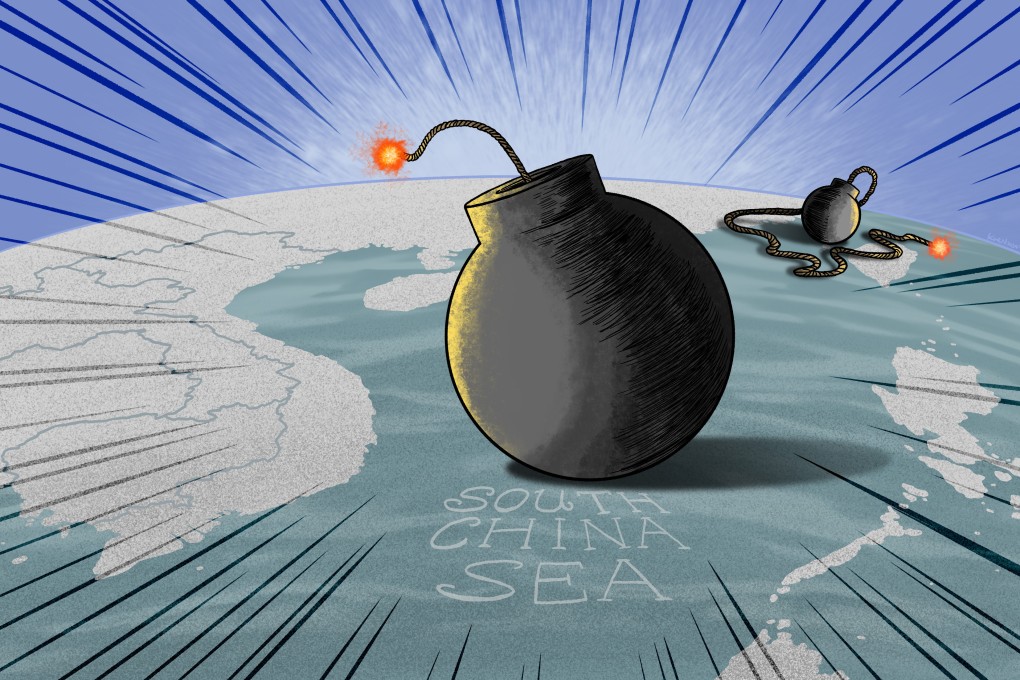Taiwan or South China Sea: which is the riskier flashpoint for US-China ties?
- As Taiwan and its newly elected president grab the headlines, another potential hotspot for US-China ties has been brewing in the region
- Frequent clashes between China and the Philippines in disputed South China Sea has observers weighing the costs of an alternative conflict

Beijing had long advised against a victory for Lai, from Taiwan’s ruling Democratic Progressive Party (DPP), and cast Saturday’s election as a choice between war and peace. If it now chooses to step up pressure on Taiwan, the United States might be prompted to make a tougher response, according to observers.
Observers said the risk of conflict in the region – with the Philippines receiving support from the US, a long-time treaty ally – had gone up vastly.
“The South China Sea is more dangerous than the Taiwan Strait,” Beijing-based naval expert Li Jie said, referring to the recent clashes in the disputed waterway.
While Li expected Lai’s victory to trigger a furious response from Beijing, he said the degree would depend on the DPP’s actions. “The situation could be perilous, but whether there will be risks of armed conflict, it will depend on whether the DPP would further provoke and make dangerous moves.”
Beijing sees Taiwan as part of China to be reunited by force if necessary. Most countries, including the US, do not recognise Taiwan as an independent state, but Washington is opposed to any attempt to take the self-governed island by force and is committed to arming it.